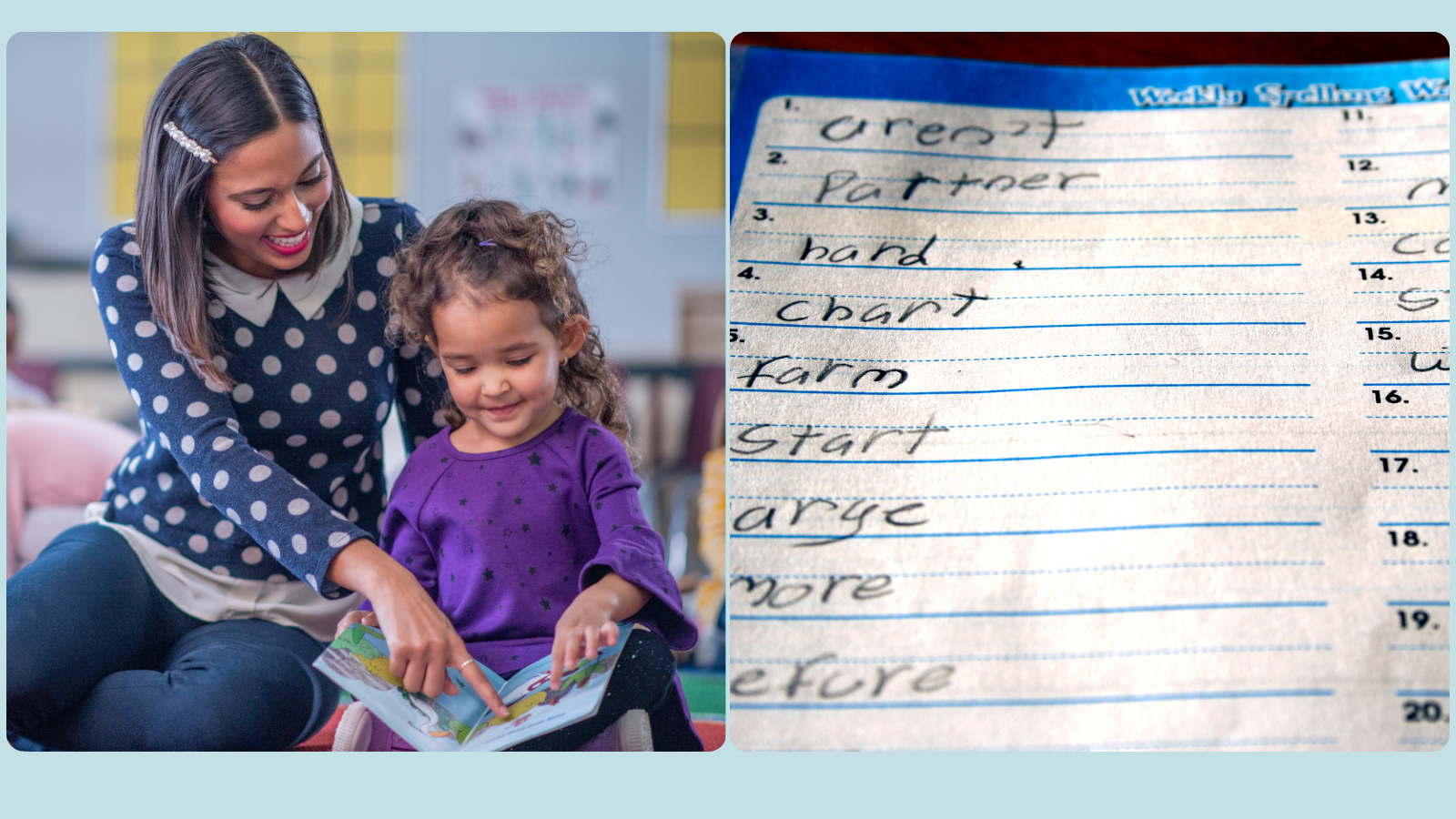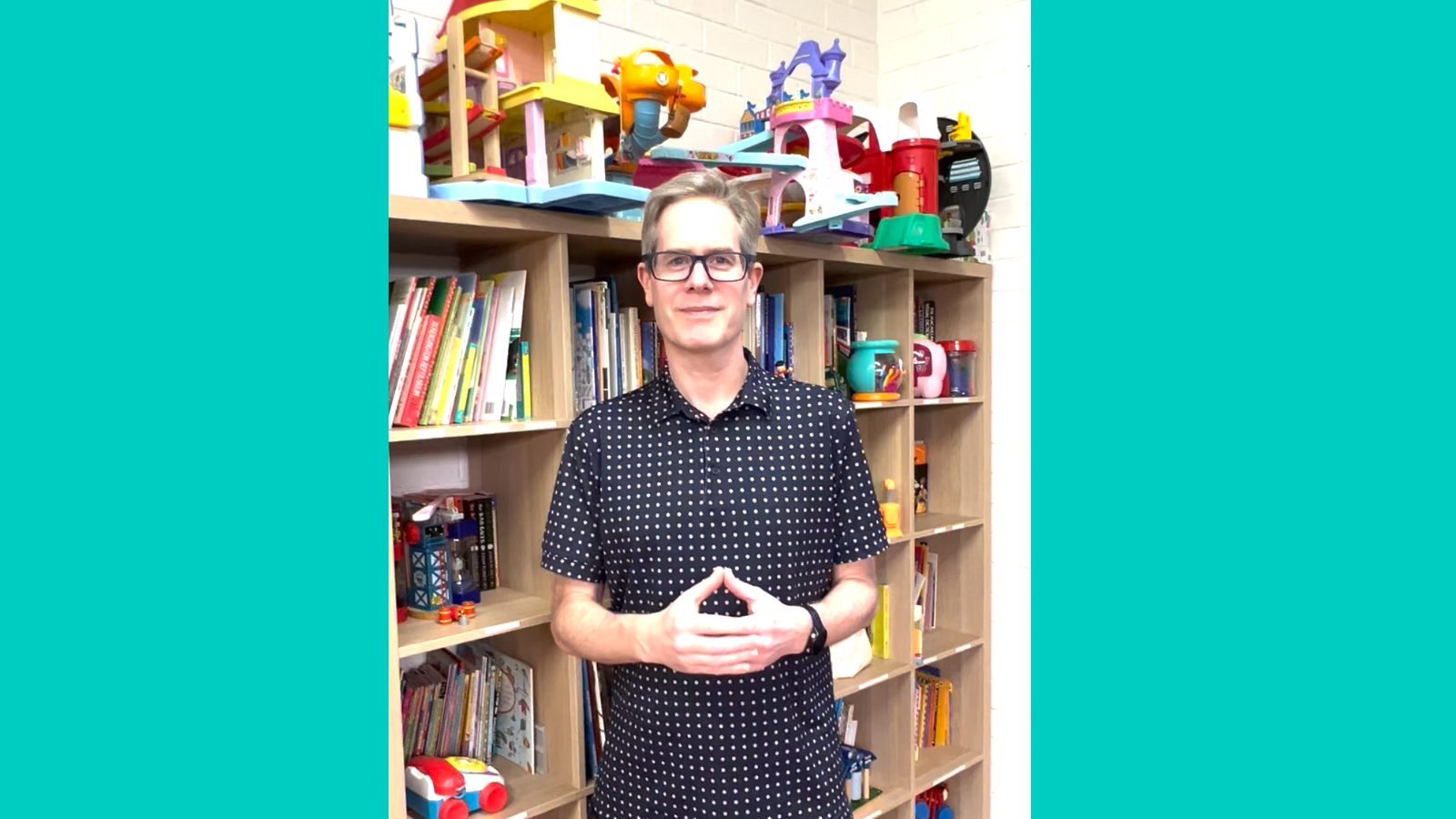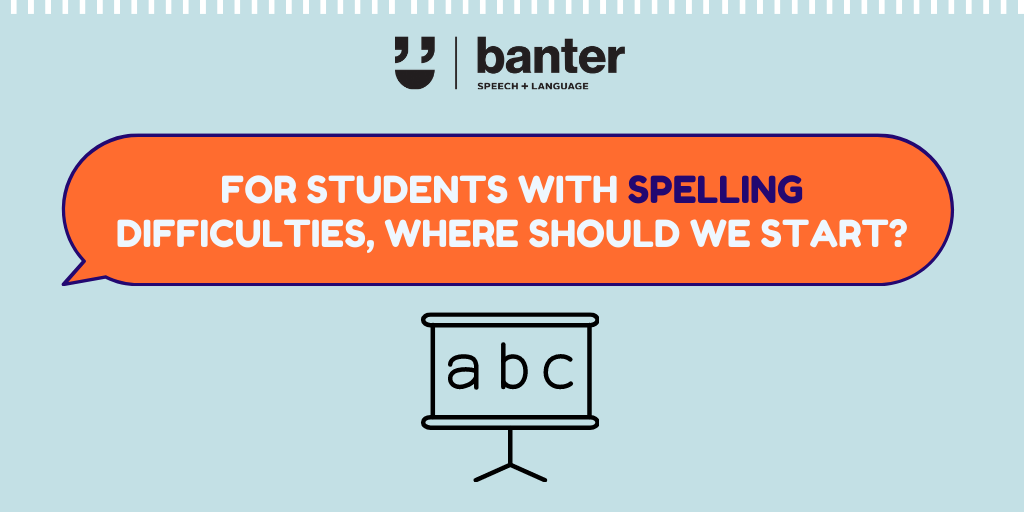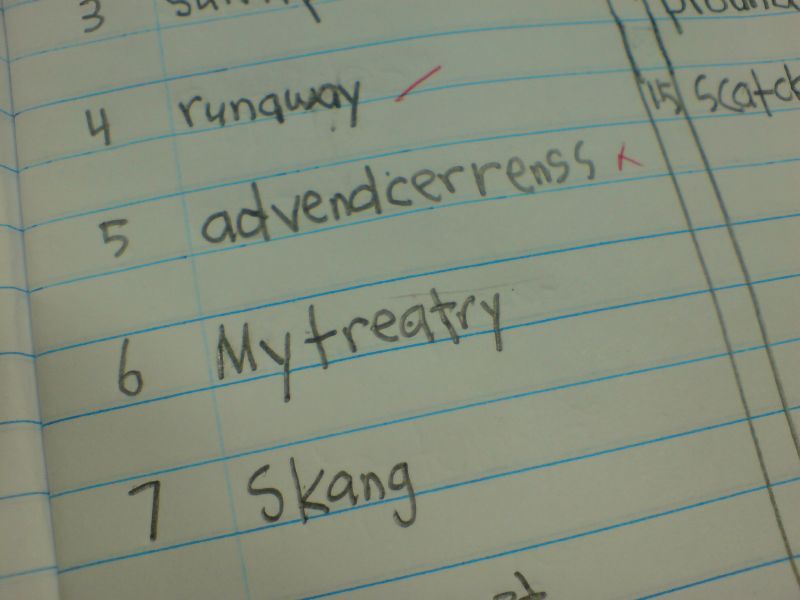Banter Quick Tips: Teach spelling patterns by using them in sentences – not memorising rules by heart!
Spelling is complex. But it’s not random. There are patterns, conventions, even what some people call rules. Lots of us learn them without being taught. But many don’t and benefit from direct teaching.
One such spelling pattern is the doubling rule, aka the 1-1-1 rule.
It applies to:
- 1 syllable words, (e.g. ‘tap’); with
- 1 vowel (tap); and
- 1 consonant at the end – tap.
Here’s the convention: If you add a suffix to a 1-1-1 word, and the suffix starts with a vowel, double the final consonant before the suffix.
That’s a lot of words! We don’t want kids to recite rules out of context.
We want them to see the pattern and use the rules in spelling practice in sentences.
How do I do it?
Start with a short list of simple 1-1-1/CVC verbs.
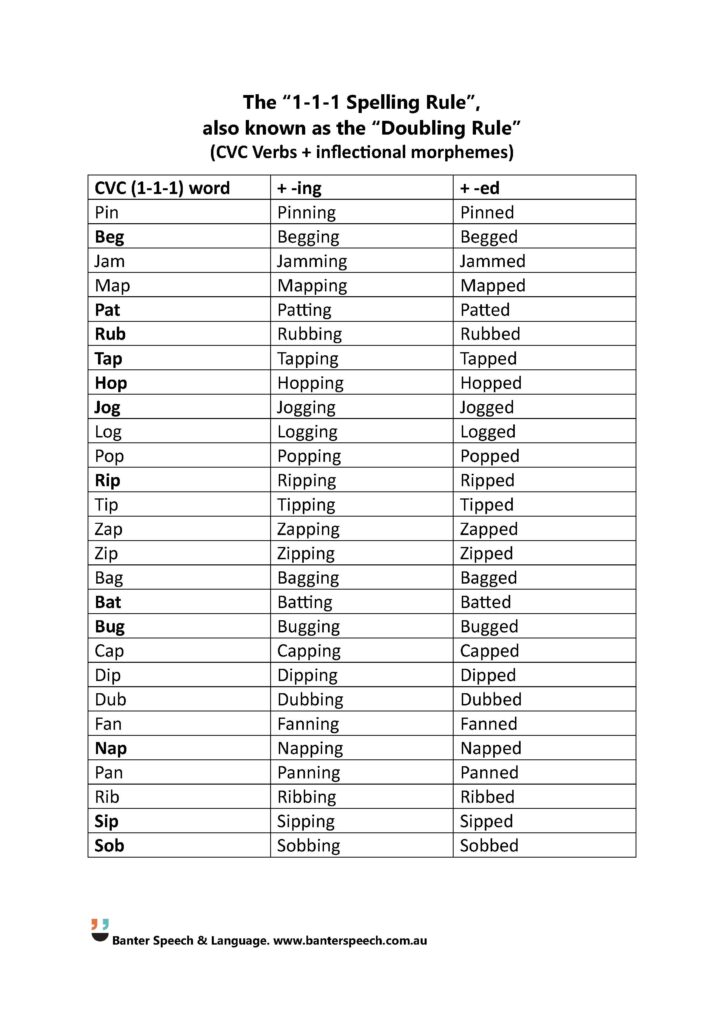
Verbs are the engines of sentences, and lend themselves to high frequency inflectional morphemes that start with a vowel, like -ing, and -ed.
Now put them in grammatically complete, decodable sentences. I like subject-verb and subject-verb-object sentences because they’re among the most frequently-used sentence structures in English.
Once beginners have spotted the pattern, step up to spelling practice by dictating sentences. Download the free spelling practice dictation worksheet here.

Hi there, I’m David Kinnane.
Principal Speech Pathologist, Banter Speech & Language
Our talented team of certified practising speech pathologists provide unhurried, personalised and evidence-based speech pathology care to children and adults in the Inner West of Sydney and beyond, both in our clinic and via telehealth.



